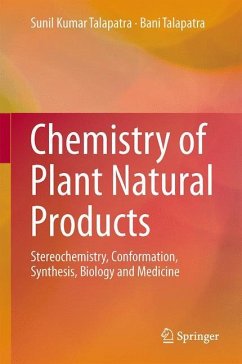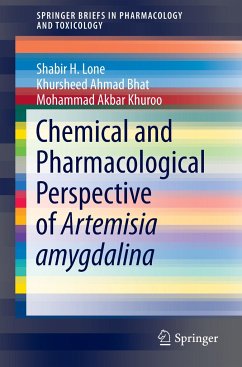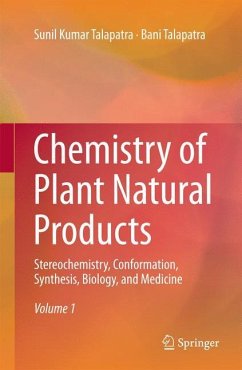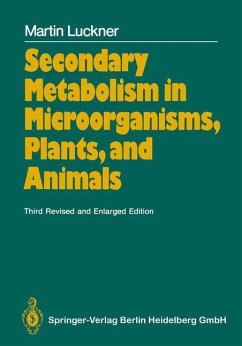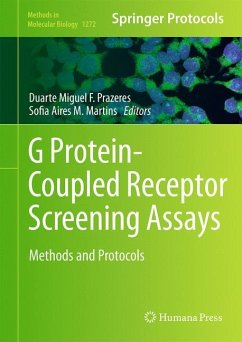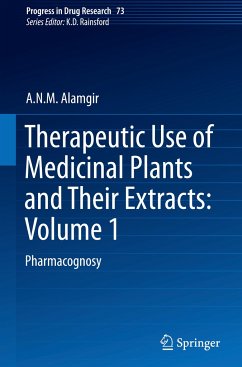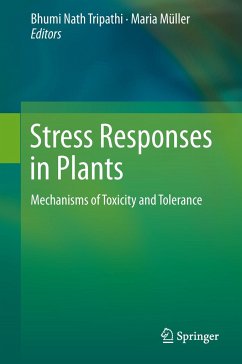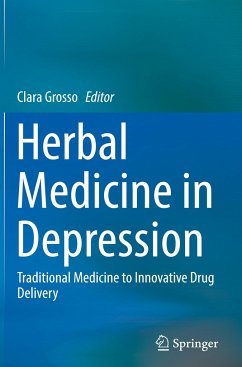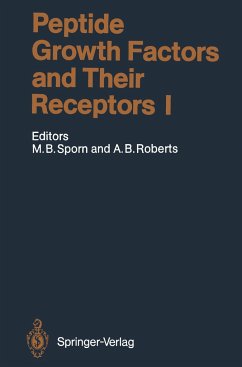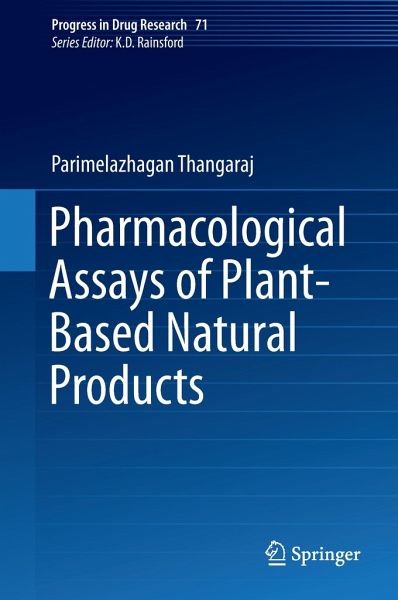
Pharmacological Assays of Plant-Based Natural Products
Versandkostenfrei!
Versandfertig in 6-10 Tagen
76,99 €
inkl. MwSt.
Weitere Ausgaben:

PAYBACK Punkte
38 °P sammeln!
This volume provides information on how to select and screen plants for their medicinal properties. It describes phytopharmacological techniques for extracting and qualitatively and quantitatively analyzing a plant's phytochemicals. After a detailed in vitro investigation including nutritional and anti-nutritional analyses, medicinal properties were tested with various in vivo models for anti-inflammatory, analgesic, anti-pyretic, anticancer and anti-diabetic properties, as well as wound healing, neurodegenerative diseases, etc. Compound identification and purification techniques include, amon...
This volume provides information on how to select and screen plants for their medicinal properties. It describes phytopharmacological techniques for extracting and qualitatively and quantitatively analyzing a plant's phytochemicals. After a detailed in vitro investigation including nutritional and anti-nutritional analyses, medicinal properties were tested with various in vivo models for anti-inflammatory, analgesic, anti-pyretic, anticancer and anti-diabetic properties, as well as wound healing, neurodegenerative diseases, etc. Compound identification and purification techniques include, among others, TLC and column chromatography, as well as molecular docking with specific proteins.



